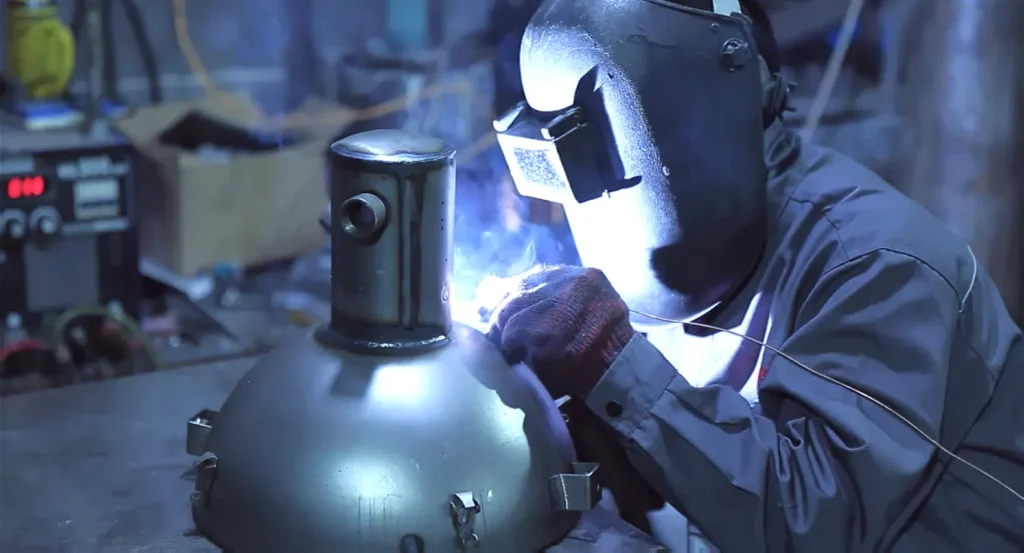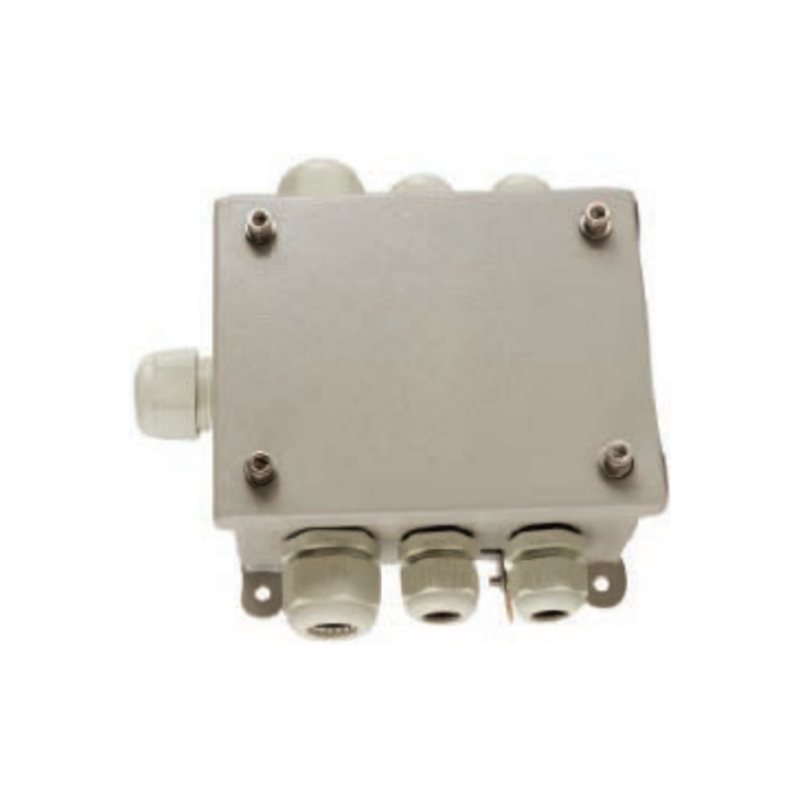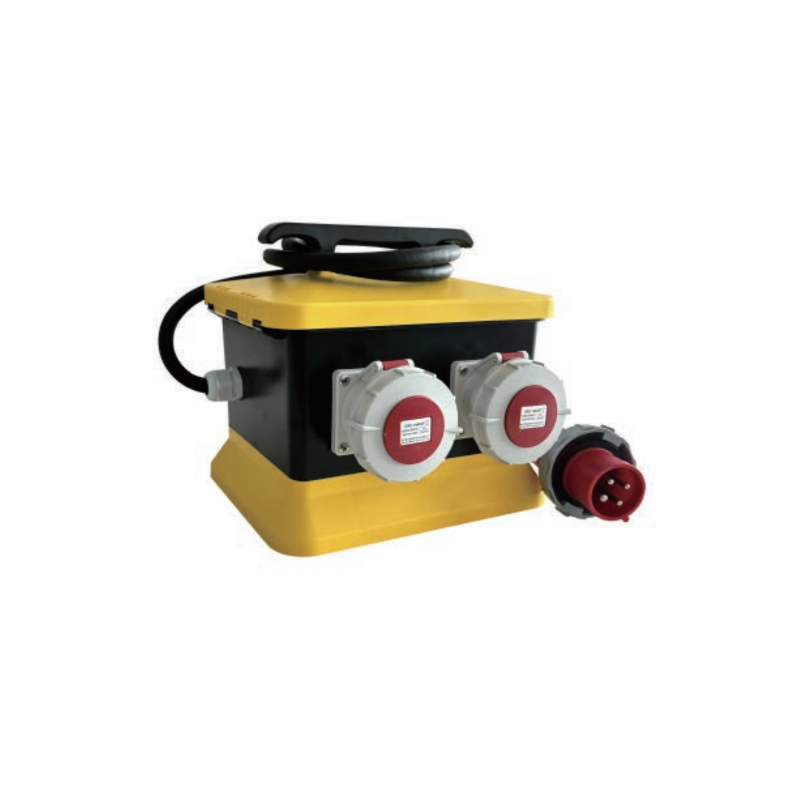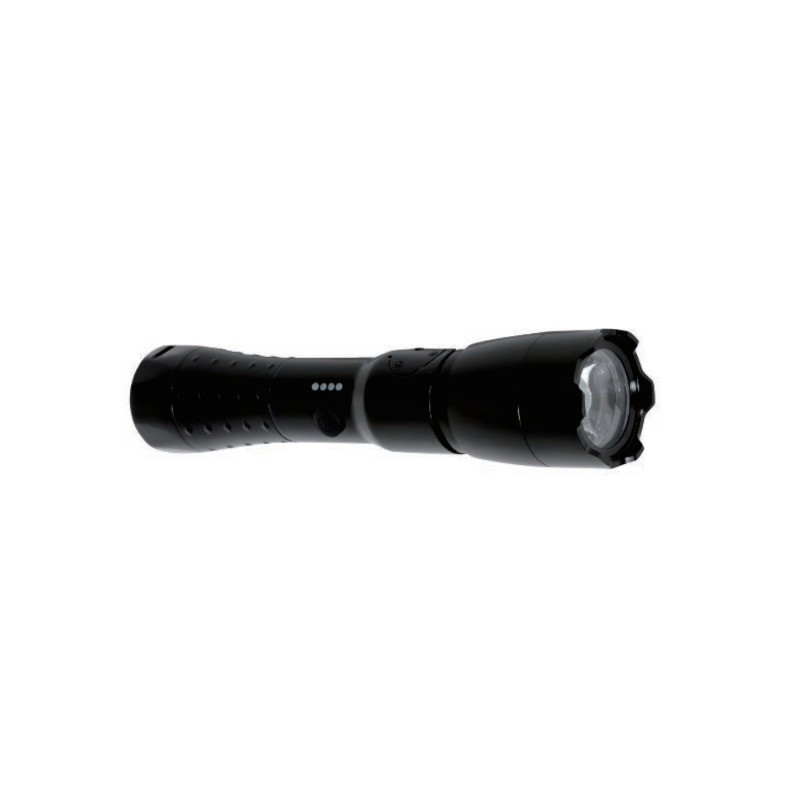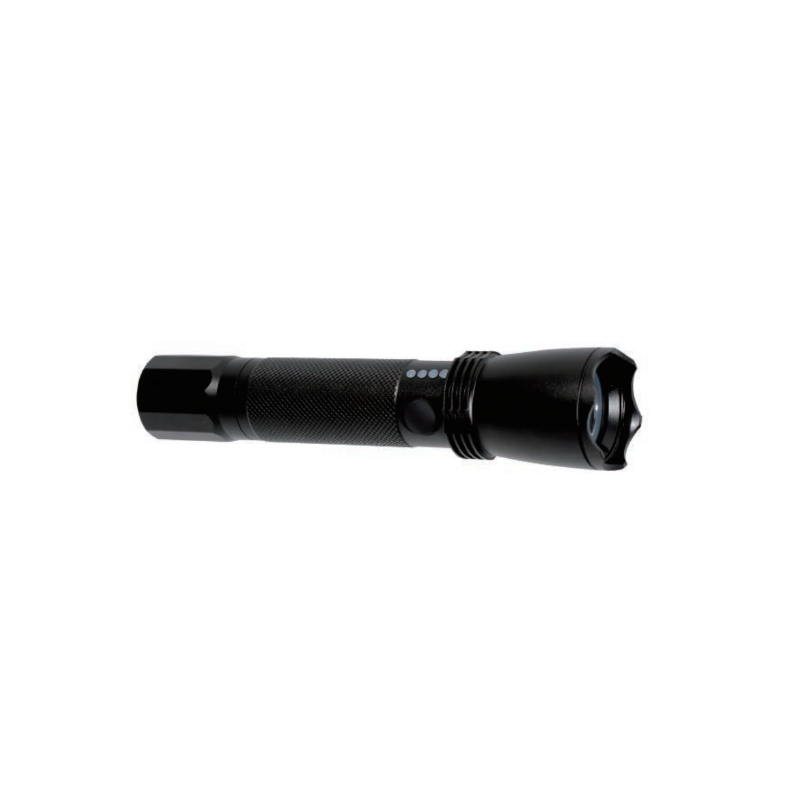Fluorescent lamps are mainly low-pressure mercury vapor arc discharge lamps, and the electrical energy consumed by gas discharge is mainly converted into ultraviolet light.

Electromagnetic radiation range (about 63% is converted into C-class ultraviolet light between 254-185nm), about 3% of the energy is directly converted into visible light during discharge, the main wavelengths are 405nm (blue-violet light), 436nm (blue light), 456nm (green light) and 577nm (yellow light). Ultraviolet rays are irradiated on the phosphor coating on the inner wall of the lamp tube. The energy of the ultraviolet rays is absorbed by the fluorescent material, and part of it is converted into visible light and released. The visible light emitted by a typical fluorescent lamp (from the phosphor coating and the light emitted directly during discharge) accounts for approximately 28% of the lamp’s energy input. The optical performance of fluorescent lamps mainly depends on the geometric dimensions of the lamp tube, that is, the length and diameter, the type and pressure of the filling gas, the coating of phosphor and the manufacturing process.
Fluorescent light color temperature
- Warm color series: such as /29 /827 /830 /927 /930, etc., can create a warm brilliance, shorten the distance between spaces, and give people a relaxed and comfortable lighting feeling. When used, it is generally mixed with incandescent lamps and should not be mixed with natural light.
- Mid-tone series: such as /33 /835 /840 /927 /940, etc. When using neutral colors, bright white light can be perfectly combined with natural light and is generally used in natural light or cooler atmosphere spaces.
- Cool color series: such as /54/850/865/950/965, etc., can create tranquility, increase distance and space, and give people a lively lighting feel. When used, it is generally used for color contrast or where the cold color effect is particularly emphasized.

